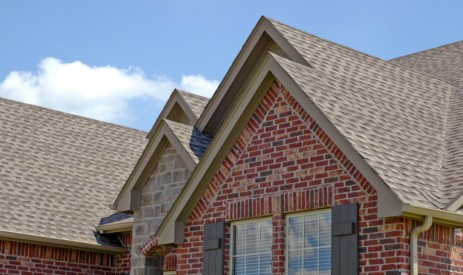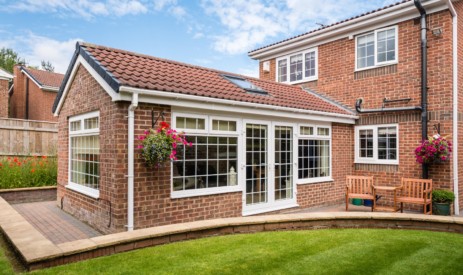What Is The Best Loft Insulation?
We all understand that roof insulation is an essential part of keeping your home warmer and using less energy, but when you look a little deeper, there’s more to it than that. Let’s take a look at insulation, and answer some common questions about it.
What does insulation do?
Put simply, insulation slows down the movement of heat. A standard house, with upstairs ceilings and a loft, won’t stay warm for long. That’s because the heat will easily pass through the ceiling boards and warm up the air in the loft, before seeping out into the atmosphere. The only way to combat the chill downstairs is to turn up the heat and leave it on for longer. That’s expensive and carbon-intensive.
Insulation slows down the transfer of heat from low to high and from warm to cold. It makes it difficult for the warm air and heat from warm ceilings to keep on moving up, and this slowing effect keeps the home warmer.
Interestingly, the opposite effect happens in summer. On hot, sunny days, an insulated loft will get very warm, but the heat will find it harder to penetrate the insulation to get to the cooler air in the home.
How much could you save with proper insulation?
According to OVO energy, you could save the following on your annual energy spending through insulating your loft:
Detached house: £240 saved per year with a typical loft insulation installation cost of £395.
Semi detached house: £140 saved per year with a typical loft insulation installation cost £300.
Mid terrace house: £135 saved per year with a typical loft insulation installation cost £285.
Bungalow: £200 saved per year with a typical loft insulation installation cost £375.
What is the best type of loft insulation?
There are a variety of different loft insulation types and the best option for your home will depend on things like what you use your loft for and its shape and size. Here’s a look at the most common types of insulation and some of their pros and cons:
Blanket insulation
This is generally the cheapest option and the most common. It comes in rolls made from either rock, glass, mineral fibre or foil-backed felt, and is generally considered the easiest type to fit. This makes it a good choice for those who are planning on installing their loft insulation without professional help. It’s worth noting that this kind of insulation isn’t suitable for the roof itself.
Loose fill insulation
Loose fill insulation is exactly what it sounds like, and involves spreading a loose, lightweight material across the loft. This could be something like cork granules, cellulose fibre, mineral wool or recycled newspaper, which can either be placed over existing insulation or used on its own. While a downside of using this is that it can be quite messy, it’s often used in awkwardly shaped spaces or smaller spaces as its much easier to apply that other types of insulation.
Sheet insulation
This type of insulation comes in fairly solid sheets and can be used on the roof itself, providing extremely effective insulation for your loft space. It can even be decorated over making it a good option for loft conversions. One downside, though, is that it tends to be on the pricier end of the spectrum compared with other types of insulation.
Blown-fibre insulation
Blown-fibre insulation is another type of loose material insulation, made from a variety of recycled and lightweight materials. This kind of insulation – as the name suggests – involves being blown into the loft space by professionals using special machinery, which means it’s a good option for getting into hard to reach places. It can be quite pricey though, and you won’t be able to install this one on your own.
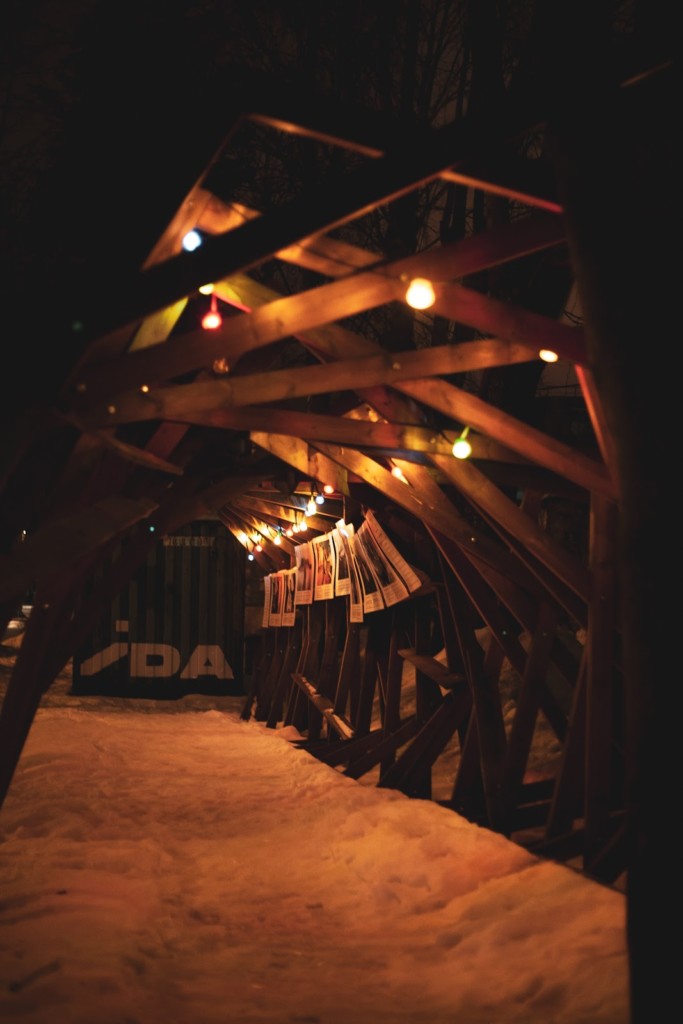
Spray-on insulation
Another type is spray-on insulation. This is definitely a professional job, and involves hosing insulating foam over the relevant area. It can sometimes be used in conjunction with rolls, particularly in nooks and crannies, hard to reach parts, the undersides of roofs and around water tanks and pipework.
Where does insulation go?
In most homes, insulation sits between the roofing joists (the horizontal timber components), resting on the top of the ceiling below. For best performance, it should be double thick, however, with the top layer running at right angles to the bottom one.
This form of insulation is called “cold loft insulation”, because everything above it will be cold in winter. That can cause problems with pipes and tanks – if it’s freezing outside, there’s a good chance they too will freeze. It’s therefore important to insulate pipes and lag tanks, too.
If you want to use your loft for storage, after bearing in mind that it will get very cold, you’ll need to lay down some sort of floorboards so you can walk and store on it. If you’ve doubled-up your insulation, you’ll need to raise the height with spacers, as the joists are usually only about 270 mm deep, like a single layer of insulation.
What if I have my loft converted?
If you’re using your loft as a living space, everything changes. You’ll need warm roof construction, where the insulation is attached to the underside of the roof itself.
Warm loft insulation is more expensive for two reasons. First, it’s a more specialist job, not really a DIY task. It’s a lot more difficult to insulate between roof rafters (the angled wooden parts that hold up the roof). Because everything is upside down, it’s usually done with spray foam, or normal insulation held up with boards.
Second, you have to insulate more surfaces. Not only does the roof have a bigger surface area than the floor, you also need to insulate any external walls, chimney breasts and party walls (as your neighbour might have a cold loft). It all adds up to more work and more material, but to get an extra room and increase the value of your home, it’s worth it.
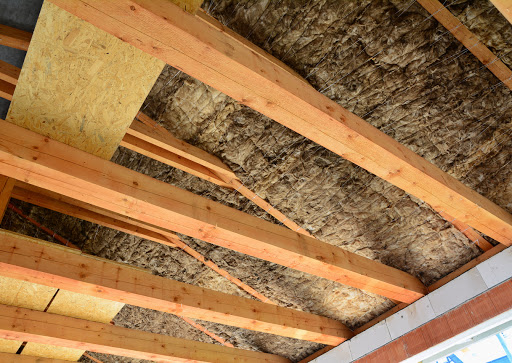
Can a flat roof be insulated?
Flat roofs can, and indeed should, be insulated. Again, this is a specialist job, as the insulation will usually go outside and will need to be weatherproofed. If you don’t think you’ve got a flat roof, make absolutely sure. You might well have a flat roof on a bay window or new extension that you’ve overlooked, and if it’s not insulated, it’ll leak heat.
Getting your roof insulated
If you want to get your roof insulated, you might be able to get financial help with the job. Under the Energy Company Obligation, your energy supplier might be able to part-fund your insulation if you’re a low-income household.
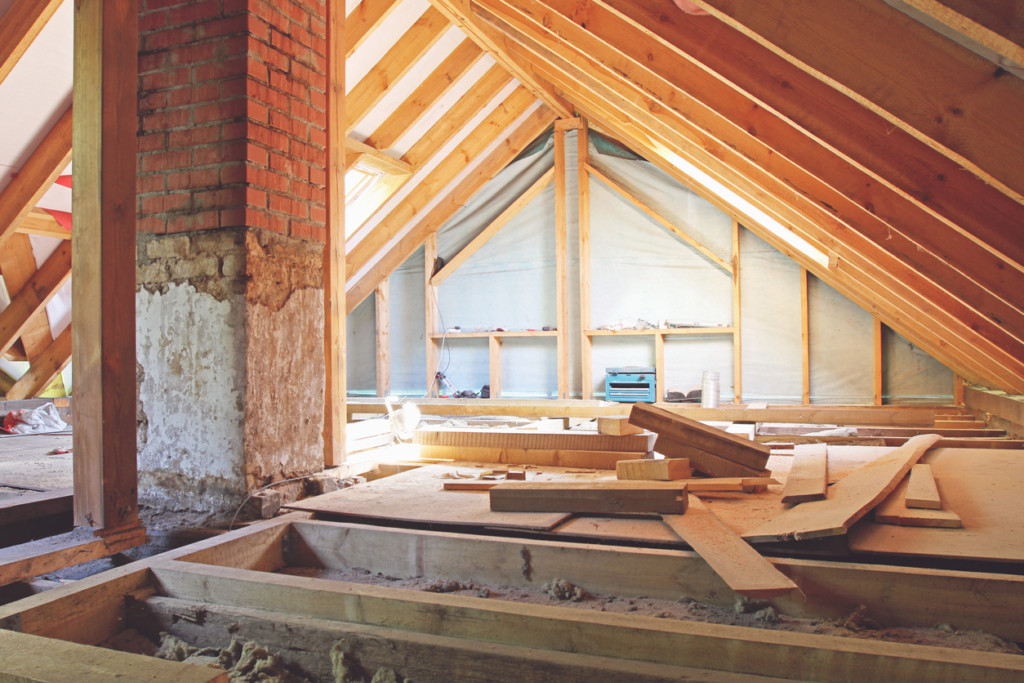
If you’re having it done privately, make sure you use a National Insulation Association (NIA) installer. They will be qualified to abide by health and safety rules as well as knowing the best type of insulation to use for your roof.
If you’re doing it yourself, read up on it and watch installation videos before you buy your materials and start laying them. You have to be extremely careful up in the loft. Remember, the “floor” you see between the joists isn’t a floor at all – it’s probably some plasterboard or wooden board, and won’t hold your weight.
Whatever type of insulation you’re getting, welcome to a world of warm!
